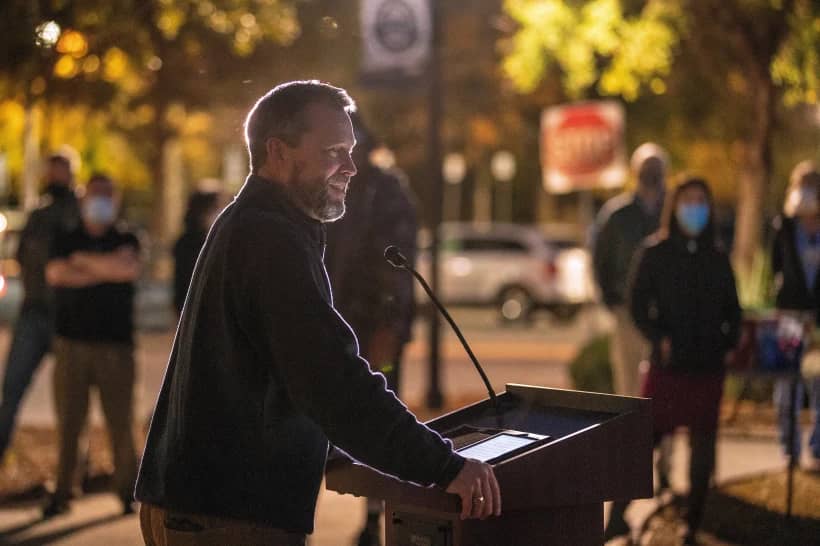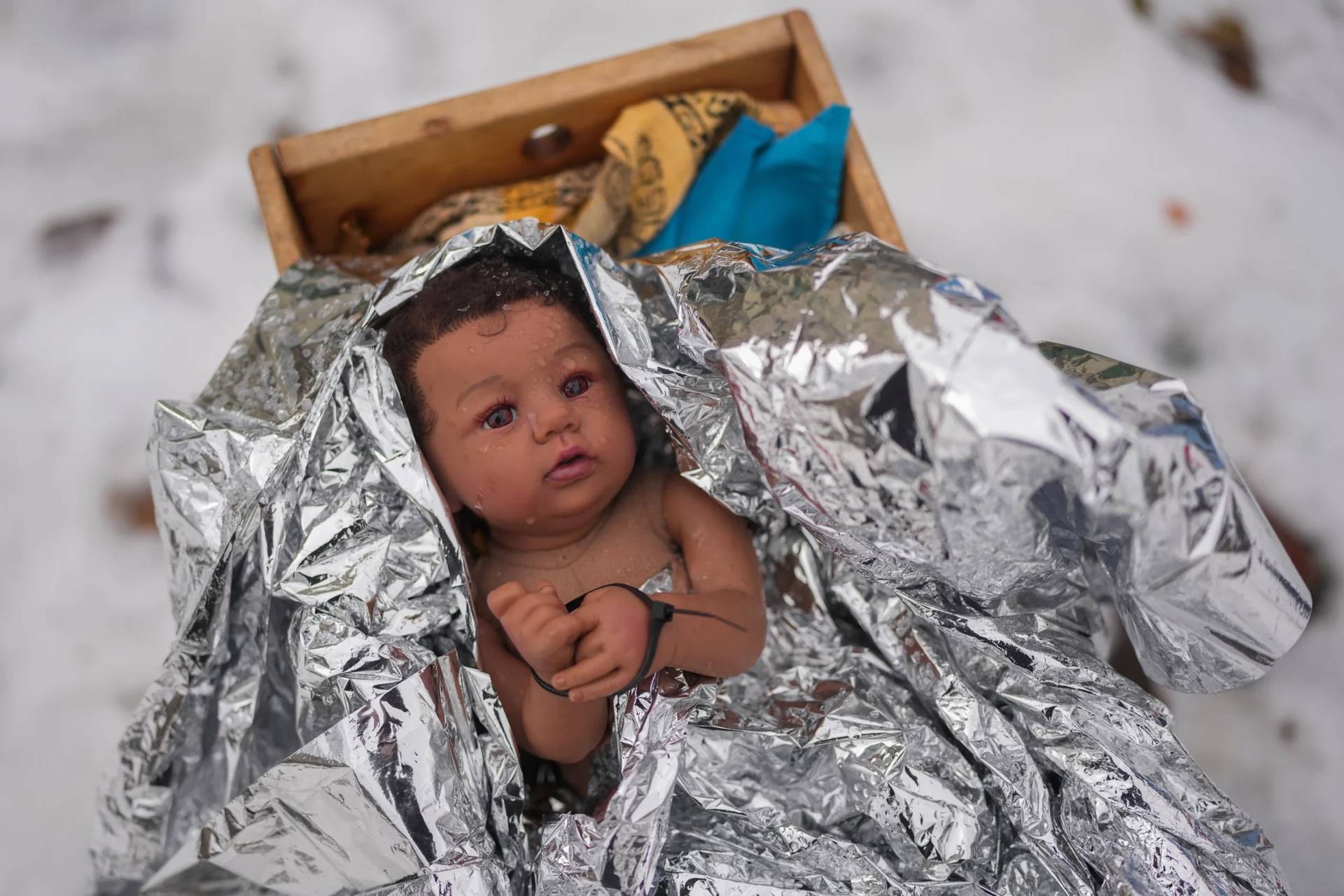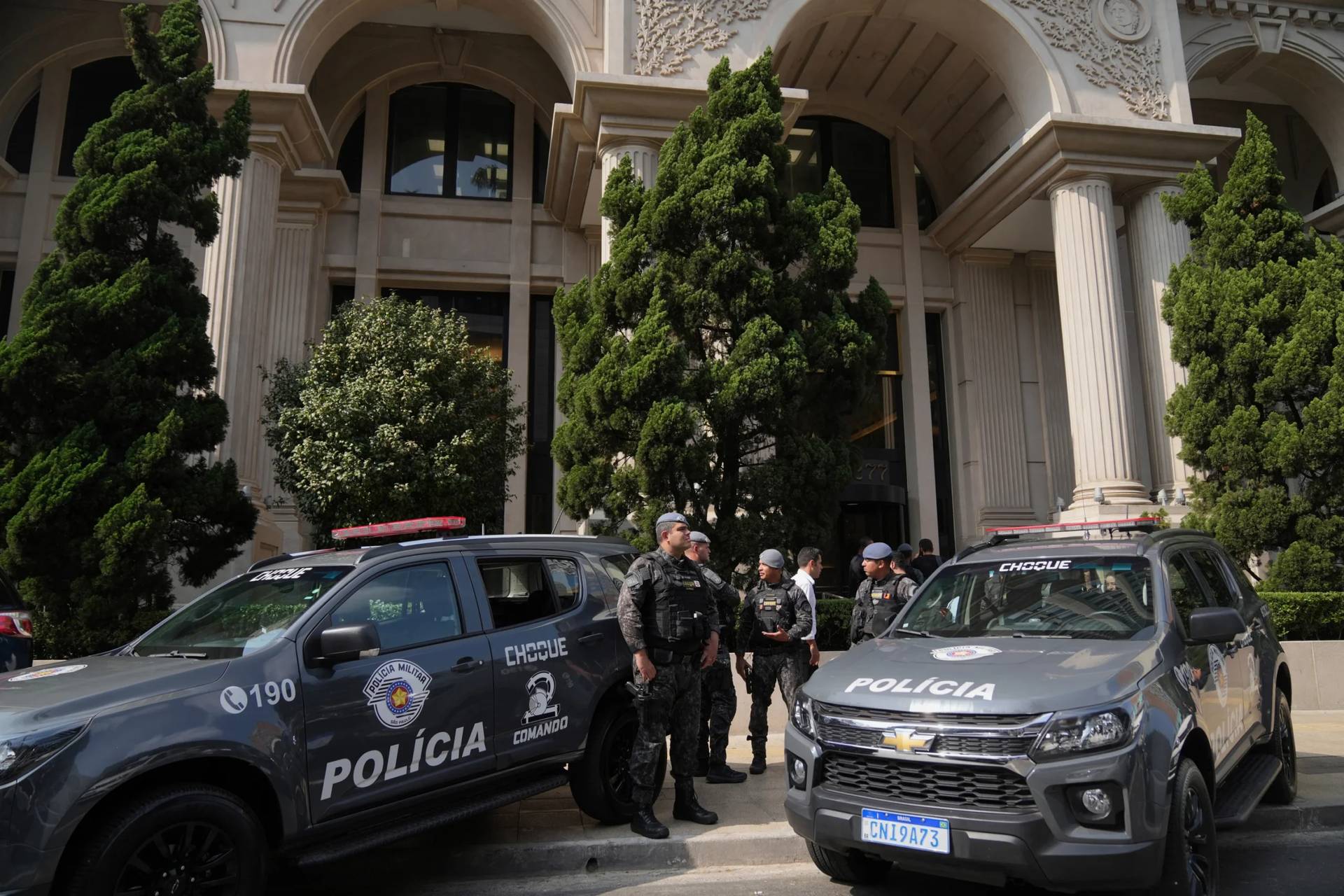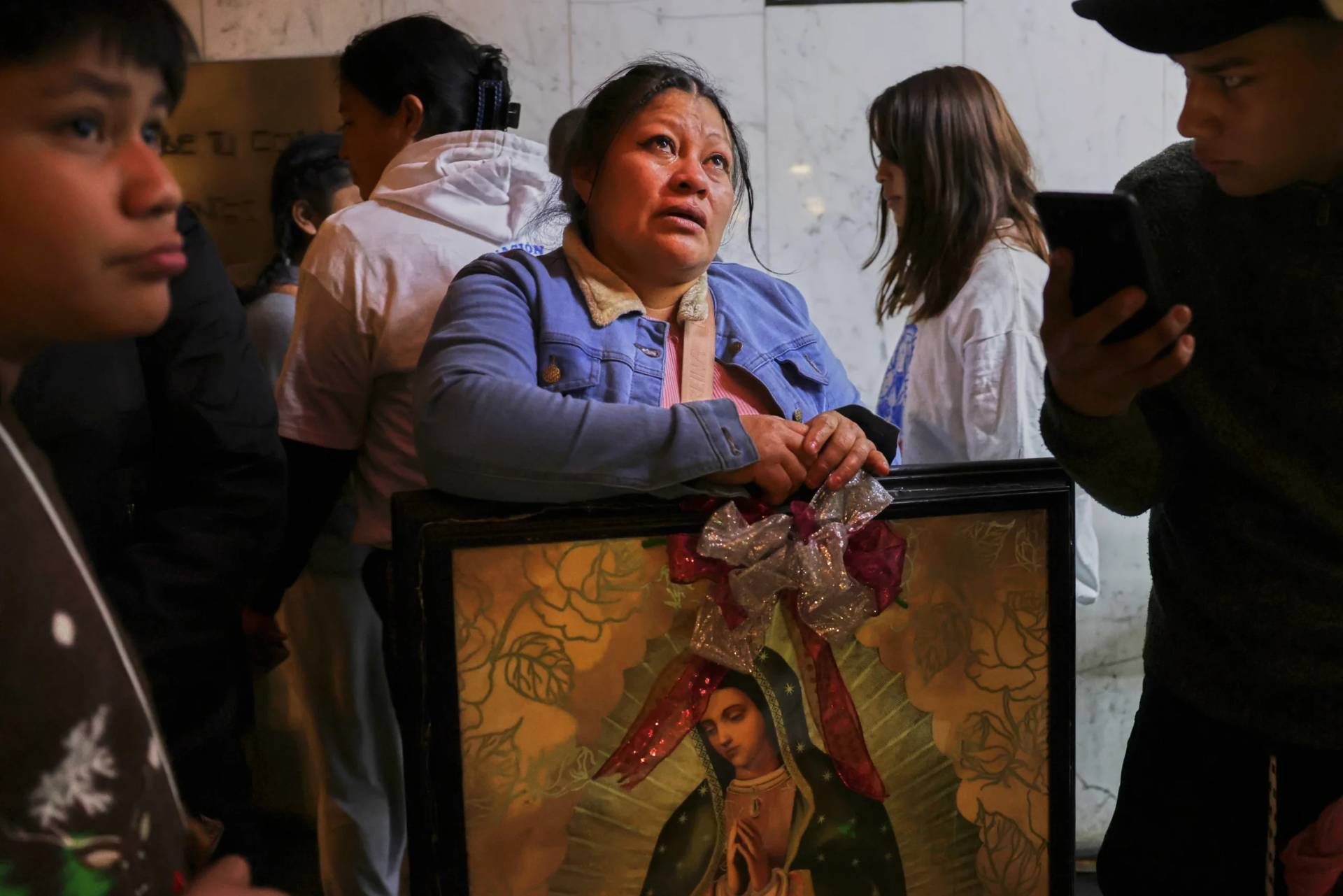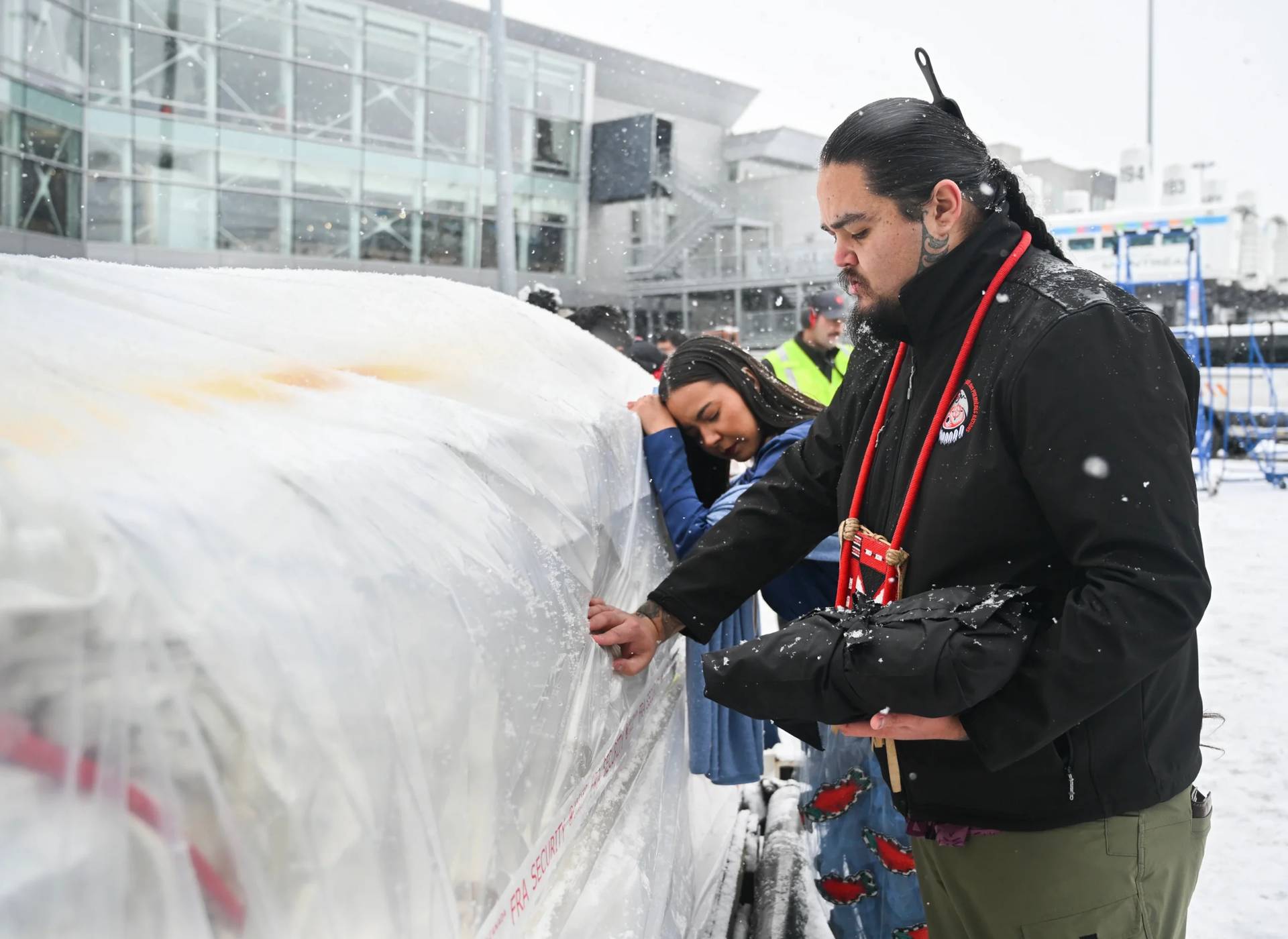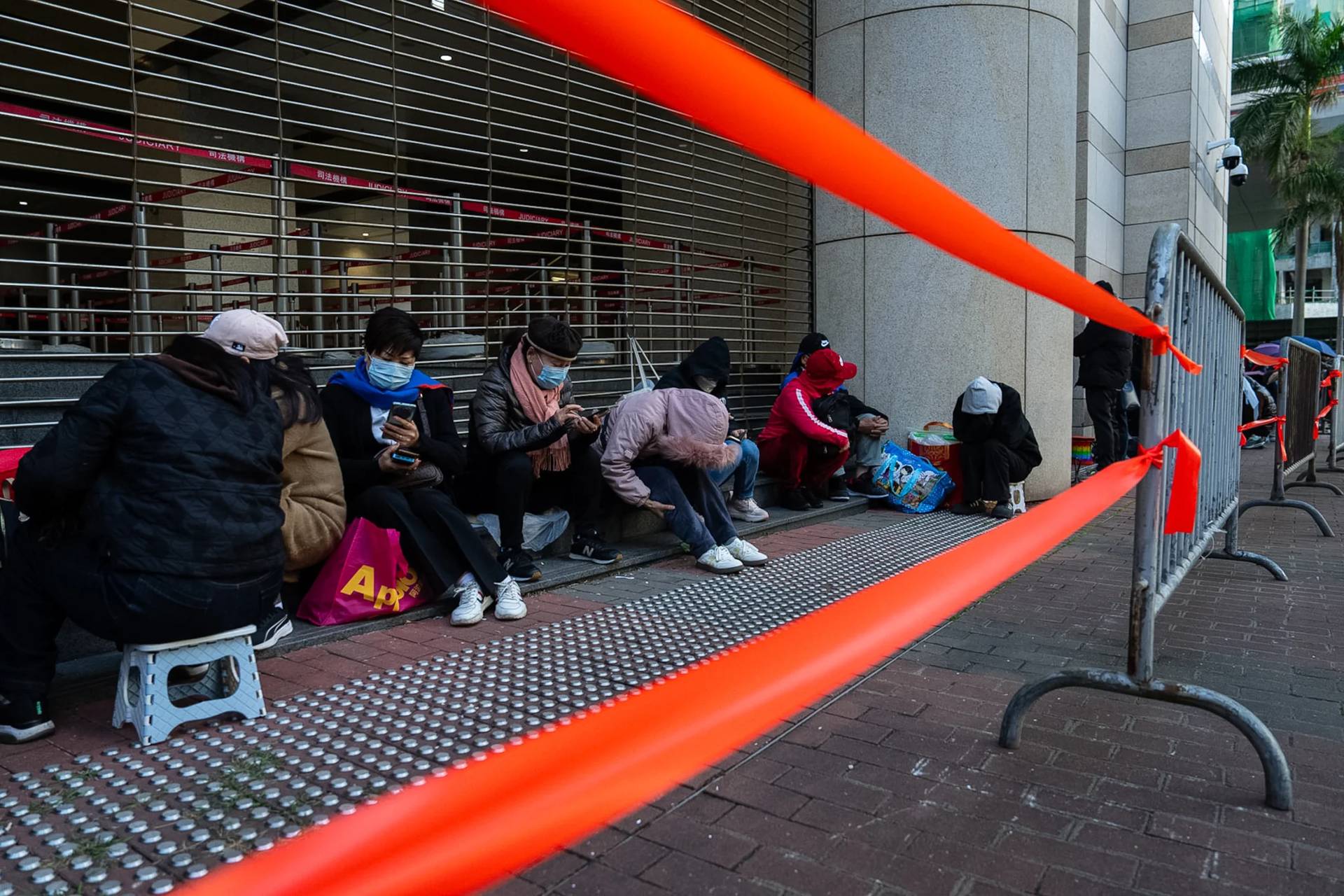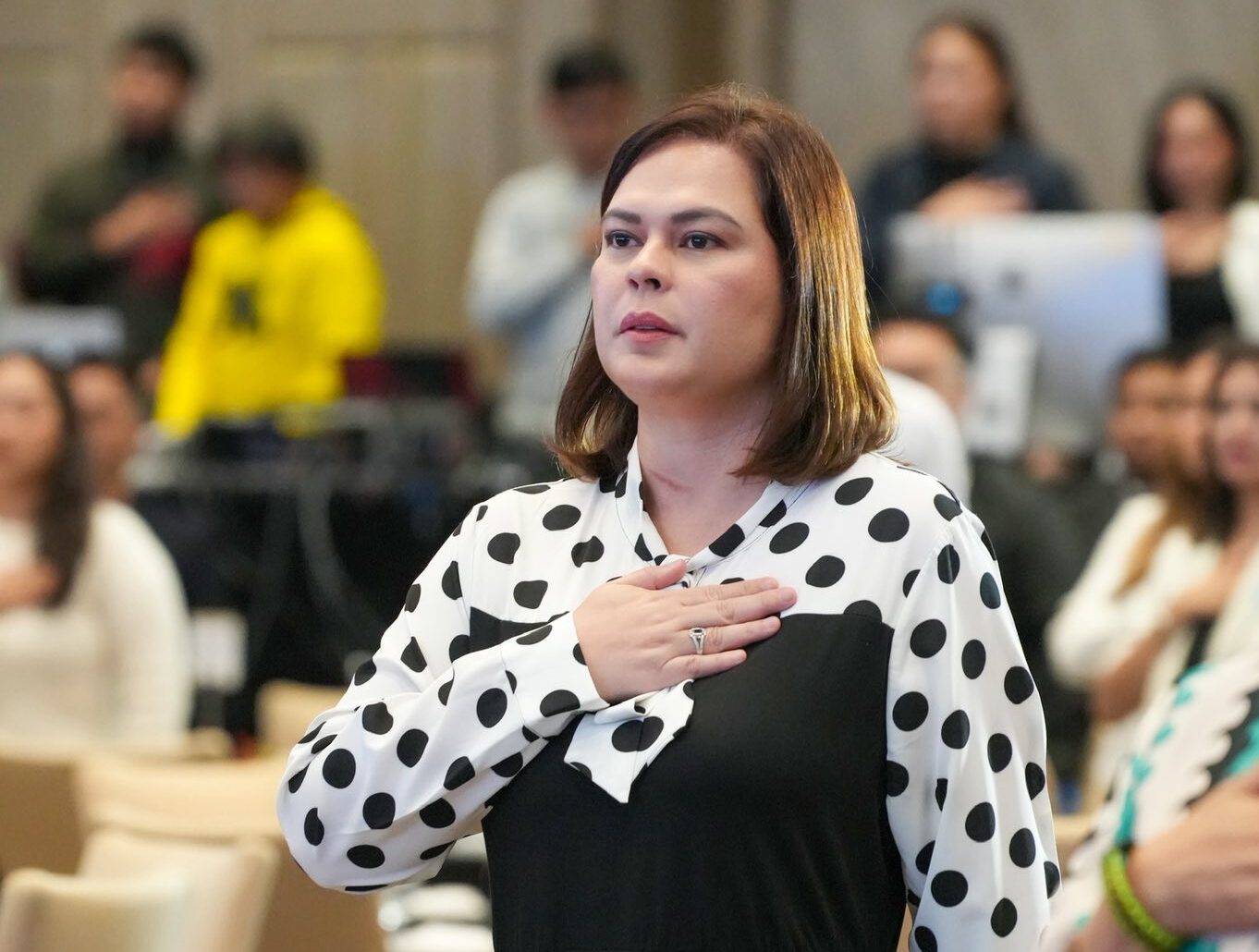Bishops in Guatemala have condemned ongoing violence that has left at least 13 dead since December.
The conflict involves two communities – the Nahualá and the Santa Catarina Ixtahuacán – in the city of Sololá, have been fighting for more than 150 years over water rights and the border delineation between their traditional territories.
Since the 19th century, the fighting has caused the death of hundreds of people. On Dec. 17, 2021, 12 people – among them five women and four children – were killed. On Jan. 7, police and prosecutors were ambushed as they were about to carry out a raid in the municipality of Nahualá to find those responsible for the murders. A policeman was killed and eight others wounded.
“Violent events render indefensible the perspectives of those who believe they have valid reasons to defend their rights and demands,” wrote the bishops in a statement released earlier this week.
“In expressing our indignation, we condemn the use of violence as a method to achieve one’s own objectives. Violence only begets more violence,” the bishops said, adding that “today too, God claims for the innocent blood shed,” much as was the case when Cain killed Abel in the Bible.”
“We call on the inhabitants of these brother towns and especially their recognized leaders to seek peaceful means and in accordance with the law to argue positions or safeguard their rights,” the statement continued.
The origin of the animosity between the two indigenous peoples is virtually impossible to track, since documentation from the time of the Spanish colonization of the Americas points at both being a warlike people. In an attempt to “reduce” the indigenous populations, the Spaniards united several peoples and built European “centers” bringing them all together.
When Guatemala became independent, many of these tribes continues to live together, but the Nahualá and the Ixtahuacán, separated. The Nahualá built their own church and there’s been an undeclared war between the two communities ever since.
Many communities in Guatemala experienced this colonial “reduction,” but over time they managed to settle their differences despite the fact that they are known to have different origins.
This was not the case of Ixtahuacán and Nahualá, both of which lived in large, densely populated areas.
Although they were constituted as two different towns with a “buffer” between them, growth gradually brought them closer together, which aggravated the conflict. Then nature made everything worse: In 1998, a hurricane forced the Ixtahuacán to move into territory that had been the buffer zone.
Violence reignited late last year over farmland and other natural resources, but there’s a third element at play: Organized crime.
Guatemala saw 60,000 violent murders in the past decade, and Sololá is one of the most violent regions in the country, affected not only by drug trafficking but also by the “coyotes,” criminals who traffic on humans desperate to emigrate from Central America.
In a communiqué, the Guatemalan bishops lamented “the facts of growing violence, polarization and conflict” between the two communities, pointing out that those killed were innocent people honestly seeking to support their families.
But the prelates also urged an “unmasking” of organized crime, condemning the use of violence as a method to achieve one’s objectives because “it only engenders more violence.”
“To the extent that there is organized crime behind the events, it must be unmasked, captured, prosecuted and condemned,” they said.
“The mechanisms of dialogue must continue to be the fundamental channels for the resolution of the problems that have generated polarization and conflict,” the bishops continued..
They also urged national and local authorities not to stop looking for solutions to end the violence. “History teaches us that abandoning problems does not solve them.”
The confrontation between the two communities led President Alejandro Giammattei to declare a state of siege in the two municipalities in December.
On Jan. 11, the government opened a dialogue between both communities to reach concrete agreements.
Follow Inés San Martín on Twitter: @inesanma






